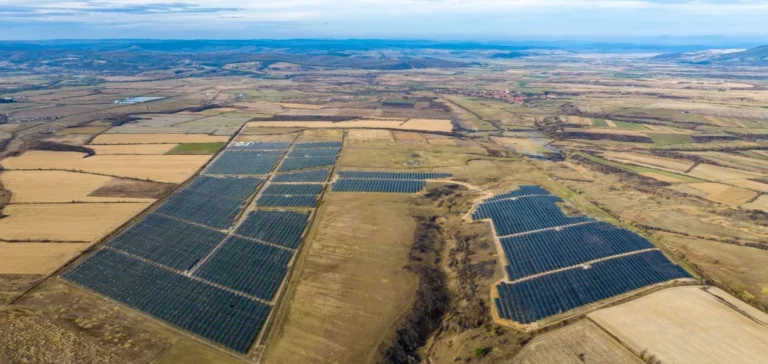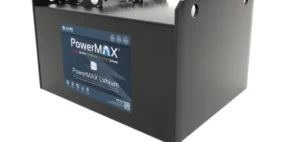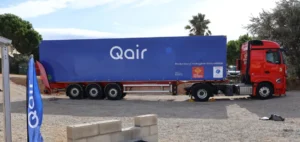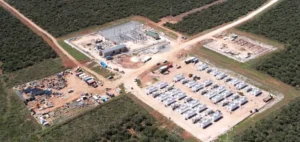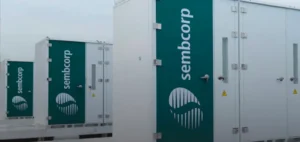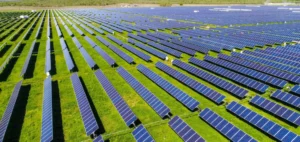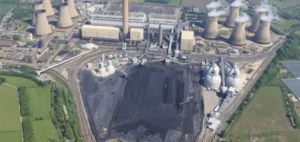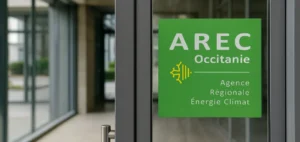Altano Energy has secured €81mn ($85.7mn) in financing to support the construction of five renewable energy assets in southern Spain. The portfolio includes two onshore wind farms and three photovoltaic plants, designed to operate complementarily in order to stabilise power production and improve revenue from energy sales.
A multi-technology strategy tailored to the Spanish market
Combining wind and solar addresses the specific climatic conditions of Andalusia and surrounding regions. In this area, sunlight peaks at midday while wind typically intensifies at night and during shoulder seasons. Integrating both resources aims to reduce output fluctuations and capture higher average market prices.
The plants will feature high-efficiency photovoltaic modules mounted on single-axis trackers where terrain allows, and turbines adapted to local wind regimes. Technical specifications also include low-noise operating modes for facilities near residential areas.
Equipment standardisation and readiness for flexibility
Altano Energy plans a unified SCADA (Supervisory Control and Data Acquisition) architecture across all five sites, enabling string-level monitoring, automated thermal inspections and predictive maintenance operations. This approach aims to increase the overall availability rate of the facilities.
The company has also reserved ground space and transformer capacity for future battery integration, although storage is not part of the initial financing scope. This buffer will later allow for shifting afternoon solar output to evening demand peaks and provide grid stability services.
Structured financing and anticipation of technical constraints
The financing combines senior debt and equity, covering long-lead equipment such as transformers, switchgear and protection systems, which often dictate construction timelines. EPC (Engineering, Procurement and Construction) contracts will be standardised across the portfolio to compress schedules and harmonise operations.
Altano Energy is also complying with Spanish grid connection requirements. The plants will include reactive power controllers, voltage fault ride-through capabilities, and rapid curtailment mechanisms to meet regulatory standards.
Regulatory alignment and local stakeholder engagement
The project includes site management measures such as construction traffic plans and stormwater controls tailored to intense rainfall events. Ecological enhancements such as hedgerow reinforcement and biodiversity-friendly ground cover beneath the solar panels are also planned.
Agreements with municipalities include decommissioning provisions for the facilities, covering recycling of solar modules and balance-of-plant components, as well as land restoration commitments. These elements reinforce the long-term viability of the project for landowners and local authorities.


